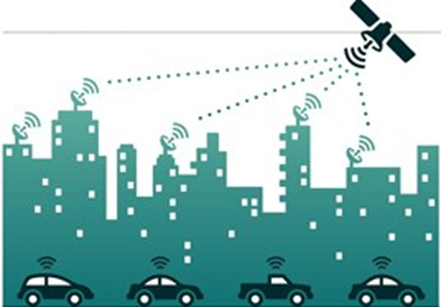Automatic and a unified over-the-air (OTA) updates are a blessing to mankind today due to the invention as well as the quick spread of connected electronic devices, cellphones, and Dropbox/cloud-based software. Updating cars is as simple as updating a cell phone is. This is solely because of the rapid advancement in the tech industry.
The OTA updates are a beneficial offering that the car makers have these days as a provision to their clients. This we can say as recall has been reduced, and the returns include saving money and increasing customer satisfaction. Even though these advantages are known far and wide in the tech world, the cars that we see on the road today aren’t able to contain the IOT updates and even if the drivers of those cars wish to update their vehicles with such a software, they need to take it to a dealership or download the software on a thumb drive. The addition of a hardware and cellular data expense is a part of the built-in modems that comes along in the high-end models’ OTA capabilities. The latest automotive IT solutions spread awareness amongst the car-drivers, but they need not be heartbroken, if their car isn’t capable of the all-new OTA updates as the most-needed device of today’s generation, the smartphone does the job too.
A ‘must’ device in each & every car
The smartphones are a definite help for OTA updates, but before going there, let’s consider how a modem can provide a solution for the same. The in-car modems are a very slow-paced reach to the audience, but tech people believe that it will catch up the market slowly and gradually. Hoping that this would work; the installation of the modem in a car, with a good internet plan serves the purpose.
This may not work well as this is another expenditure for customers, even when they have an on-hand device serving the same purpose – their smartphone. Mobile-phone technology has a one up on the modem as one of the most-perfect automotive IT solutions. It is the time of 4G right now; with quickly reaching to 5G, 6G and then 7G, by when there would be no importance of the in-car modem and the mobile phone would suffice most of the needs of one and all.
Saving our Souls – The Cellphones
Smartphones with a good data plan will be able to enable OTA updates and the customer will have to face no extra expenditure. New vehicles, these days support the latest phone technology like the Bluetooth, Web Link, SDL, etc. and so, the OTA updates aren’t a far-fetched inclusion, but a capability that could be supported.
There are two modes in which the OTA updates via smartphones work.
Direct Gateway
The head-unit links with the secure OTA cloud in order to download the latest firmware, within this mode. The cellphone is the internet gateway, which works towards forwarding the data traffic to and from the head-unit and the internet. Here, the phone works as an external modem that the user will carry to the car by default. There are a few disadvantages though for using this mode:
- A huge amount of data would eat up the data of the smartphone, but this won’t be true for small files, unlike the on-board map databases. The Store & Forward mode can be a rescue in this kind of predicament.
- There could be network issues when the car is moving as it could go to remote places as well as on bridges, underpasses and far-off areas; where network reach is constrained. This case would be the same with the installed modem, but with the cellphone, it is more as the download can be disrupted, when the driver leaves the car causing disconnection.
Store & Forward
The user can download the firmware files to the phone, via a Wi-Fi connection. This would save data on the phone and be useful when needed the most – while driving. The firmware files would be downloaded to the head-unit in no time as soon as the driver enters the car. This Store & Forward approach needs an application side by side that would notify the user about the firmware availability.
This has been just a gist of the evolution and development of the automotive IT solutions for connected cars via the medium of air and communication.
Author Bio
George Stafford is the general sales manager working at Autofacets, a complete Automotive IT solutions provider company. He has Good experience in automotive market analysis and product management.

Be the first to comment on "Futuristic Technology – Connected Cars: By the Medium of Air and Communications"